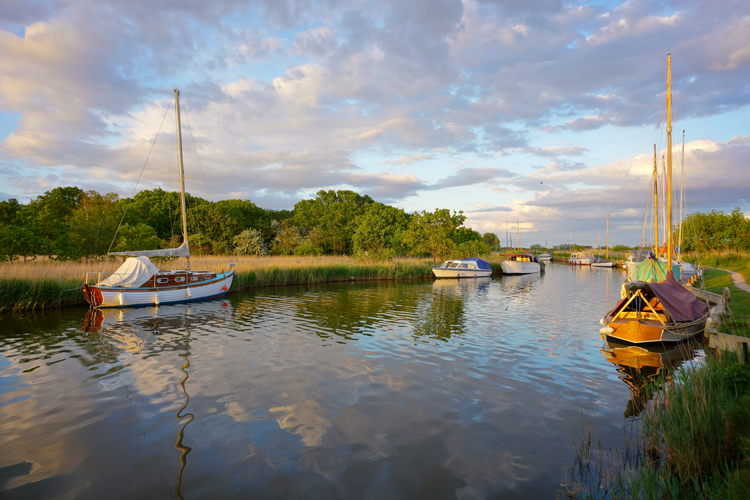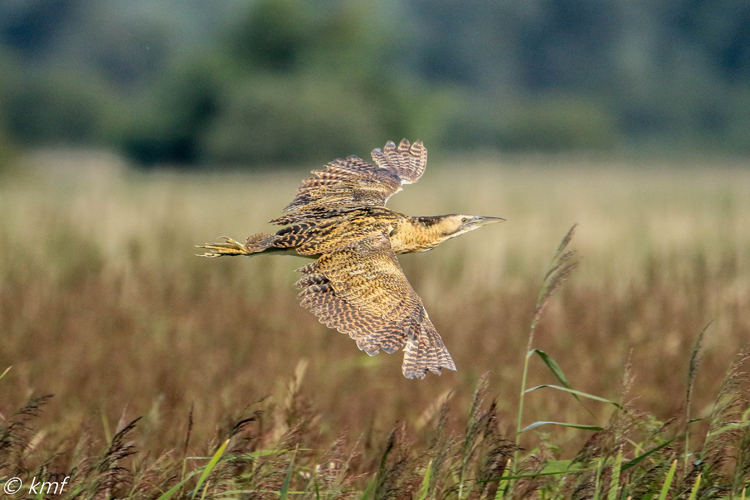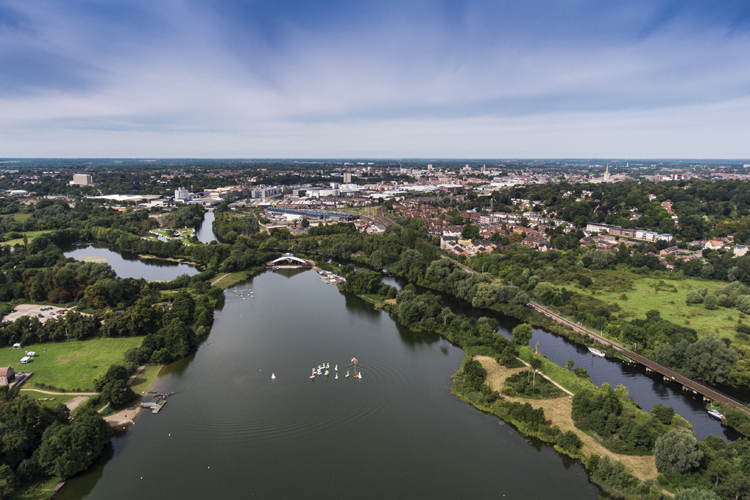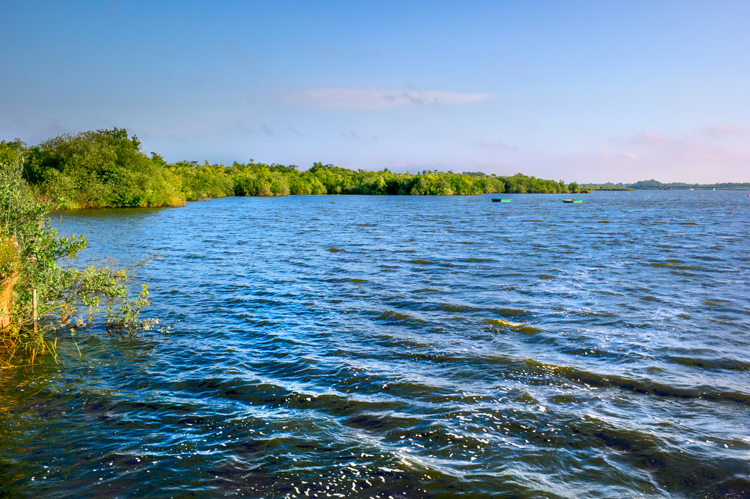


Up until 60 years ago, the Broads were thought to be a natural occurrence due to the sheer scale of their proportions and their natural appearance. However, in the 1950s, pioneering research by botanist Dr Joyce Lambert revealed that they are actually the result of peat diggings. Peat would have been extracted from great pits to be used as fuel for both families and in construction. When the pits began to fill with water they were abandoned, and by the 14th century they’d been flooded and had created the perfect habitat for wildlife and boaters alike. Find out lots more information on Joyce Lambert and her story by visiting The Museum of the Broads.
The Broads National Park is Britain’s largest protected wetland, it covers fens, marshes and woodlands making it a vital area for nature. It is looked after by the Broads Authority who balance conservation with tourism and protecting the interests of navigation.

There is a staggering collection of rare wildlife in the Broads National Park. Despite comprising only 0.1% of the UK, the park area boasts more than a quarter of its rarest wildlife. In fact, a subspecies of Swallowtail butterfly, Papilio machaon brittanicus, can't be found anywhere else in the entire world! The Broads are also home to a host of other nationally scarce species such as Norfolk hawker dragonflies, bitterns, cranes and black longhorn beetles.
In the medieval era, Norwich was a very wealthy city with a thriving wool trade. As a result, the prosperous people built churches - a lot of churches, in fact there are 659 medieval churches in Norfolk alone, which is the highest concentration in the world. The Broads is the ideal location for history lovers as these ancient buildings can be found up and down the waterways and in the local villages and many are accessible to curious members of the public.
The Norfolk wherry is a unique type of sailing boat which was used as cargo and passenger ships along the waterways as early as the 17th-century. There were three main types of wherry in operation, including trading wherries, pleasure wherries and more refined wherry yachts. By the 1940s, the use of trading wherries had fallen into decline as railways and roads stole their trade. Only eight of these historical boats survive, but thanks to a loyal collective of passionate individuals such as the Wherry Yacht Charter, Norfolk Wherry Trust and Wherry Maud Trust, it is possible to take a trip on one and experience the way sailing the Broads once was.

The River Wensum flows right through the city, ending at peaceful Whitlingham on the outskirts of Norwich where it merges with the River Yare. This means that parts of Norwich, a UNESCO City of Literature, falls within the boundaries of the Broads National Park, ensuring that the diversity of the Broads can truly be enjoyed from rural idle to historic city.
A lesser known fact about the Broads is the array of unusual colloquial names given to creatures by the native people that always lived there. A mole hill, for instance, was traditionally known as an ‘umpty-tump’, a ladybird was a ‘bishey-barney-bee’, a tadpole was a ‘polly-wiggle’, and a wood louse was a ‘charlie-pig’.
The navigable waterways of the Broads National Park might span for 200 km but they are actually located in the driest region of the UK, East Anglia. On average, the region receives around 400mm less rainfall than the UK average. So if you’re hoping for a boating holiday without the heavens opening then you’ve come to right place, although we can't promise anything!

Widely regarded as one of Britain's most influential historic figures, Lord Nelson was born in East Anglia at Burnham Thorpe in North Norfolk. The naval hero, who was equal parts a skilled sailor and respected leader, is believed by some to have first learned to sail right here in the Broads. Local tradition suggests his destination of choice may have been Barton Broad, which his sister owned at the time, with rumours suggesting he spent some time there learning how to sail before joining the navy at the age of 12.
Many people do not know that there are actually over 50 broads in the National Park, ranging from small pools to vast expanses of water. Of the 63 broads, only 13 are fully navigable with a further five that are either partially navigable or navigable for part of the year. The largest broads by size are Hickling Broad, Barton Broad and Oulton Broad.
Are there any interesting facts that we've missed? Let us know via Twitter or Facebook.